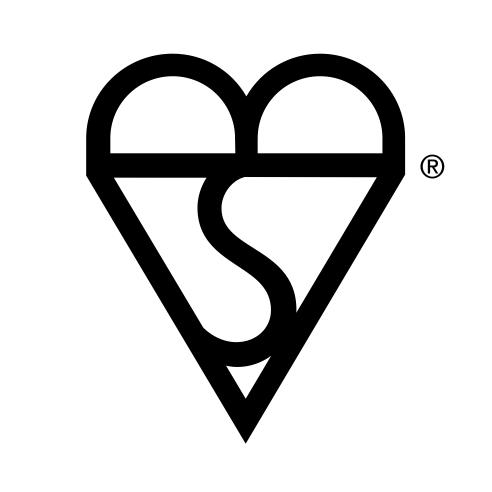|
||||||||
| Home » Product Safety | ||||||||
|
General Product Safety - British and EU Standards
Under the Consumer Protection Act and other legislation many regulations have been issued that require certain products to have specific safety features before they can be placed on the market. Regulations may also be issued by the EU. Many manufacturers take advantage of certain voluntary or mandatory marks to let consumers know that their products have been designed to meet those requirements. What does the CE Mark mean?
The CE Mark does not mean that a product is safe. It means it has been designed to meet safety standards, for example, if it is a fire, then it has the appropriate fire guard built in, but you must ensure that it is still operating safely. What are British Standards and what is the Kite Mark?

The British Standards Institute (BSI) also adminsters a set of standards, often in response to legislation. These can include safety standards. Products which comply with British Standards are marked with the applicable standards number by the manufacturer, for example BS 2645. The BSI can also issue a certificate for certain products. The product can then carry the above KITE MARK. Kite Marks can only be awarded for products in certain classes so the fact that there is no Kite mark does not mean that the product does not meet British Standards. By placing the BS details or the Kite Mark on products, the manufacturer is warranting that the product meets those standards. The mark does not mean that a product is safe. It means it has been designed to meet safety standards, for example, if it is a fire, then it has the appropriate fire guard built in, but you must ensure that it is still operating safely. EU Standards - the EN Mark Where standards have been harmonised across the EU there may also be an EU Standard. While the use of standards remains voluntary, the EU has made an increasing use of these standards in support of its policies and legislation. Instead of a BS Number a manufacturer may choose to use the EU standard in which case it will add an EN number to the product to warrant that it complies with the applicable EU standard. By placing the EN details on products, the manufacturer is warranting that the product meets those standards. The mark does not mean that a product is safe. It means it has been designed to meet safety standards, for example, if it is a fire, then it has the appropriate fire guard built in, but you must ensure that it is still operating safely. Particular Guidance Particular Reference should be had to the guidance on: Electrical Appliances If this free information was useful, please recommend us or like us on our Facebook Page.
|
||||||||

